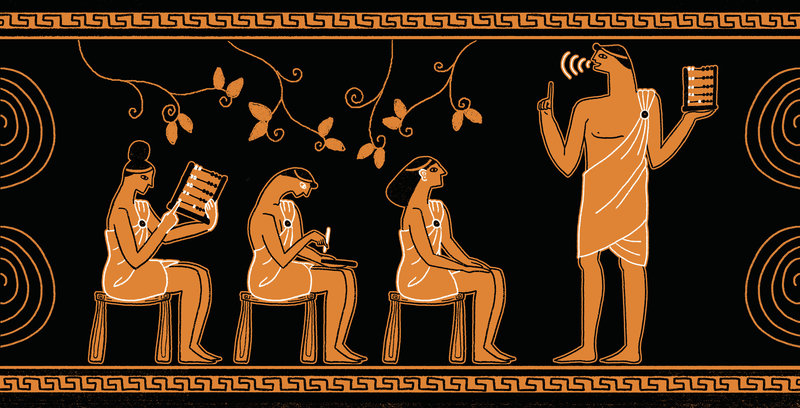In 1888, George Eastman launched “The Kodak”. It was the first camera that was accessible for the average consumer thanks to its simplicity and relatively low price. The camera was a pre-loaded with film for 100 exposures. After shooting your pictures, the whole camera had to be returned to Kodak. There the film was developed and the camera reloaded, before sending it back (I guess without the option for a speed delivery) (Bellis, 2017).
It is easy to see that a lot has changed. Technological change can either be incremental or disruptive (Cicala, 2017). Incremental changes are gradual improvements, such as the increase in pixel density (Lugtu, 2016). On the other hand, disruptive change causes the need for more fundamental changes in the way business is done. One major disruptive change, known for most of us, is the transition from analog photography to digital photography. Another is the invention of autofocus, something that to some might seem self-evident these days.
Leica was the first to develop autofocus in the 1960s, but they didn’t see the potential of it and sold the technology. Back then, photographers did not take the technology serious. They never believed that the technology could be fast enough to capture quick movements for example while shooting sport (Cicala, 2017).They believed that only skilled photographers could do that, and that wouldn’t change. Nevertheless, the auto function technology improved and most of the people nowadays don’t even touch the manual function on their cameras.
You could argue that these disruptive technological changes ruined the art of photography. They simply made it too easy. Maybe like printing a table from a 3D printer instead of working on every piece of wood by yourself. I experienced some of these feelings when I went on a holiday with only an analog camera. I was limited to a small number of pictures, so I couldn’t just “shoot a lot and filter the good ones out”. It has to be right the first time. I didn’t even found the time to experiment with altering the lighting and shutter speeds (all things that work perfectly fine on a digital SLR), because I had to focus on autofocus.
A forgotten challenge, skill, which is crucial for a good photo but nowadays not necessary to master. And yes, when shooting analog and manually it felt more like creating a piece of art then shooting a bunch of them with a SLR camera or just shooting away with your iPhone. However, I wouldn’t state that the art of photography is gone. It didn’t ruin the game, it only changed it. Making it more accessible to less experienced players, and requiring different skills sets. Maybe it’s easier to shoot photos of a good quality, but making good digital photos is still a challenge. It is one thing to add extra functionalities, it’s another to know how to use them!
References
- Bellis, M. (2017, 04 30). History of Kodak and Rolled Photographic Film. Retrieved from ThoughtCo. : https://www.thoughtco.com/george-eastman-history-of-kodak-1991619
- Cicala, R. (2017, 02 19). Disruption, innovation, and the future of photography: Roger Cicala reads the tea leaves. Retrieved from Imaging-Resource: http://www.imaging-resource.com/news/2014/02/19/disruption-innovation-future-of-photography-roger-cicala-reads-tea-leaves
- Lugtu, R. (2016, 04 15). Radical change vs incremental change. Retrieved from Business World Online: http://www.bworldonline.com/content.php?section=Finance&title=radical-changevs-incremental-change&id=125986


